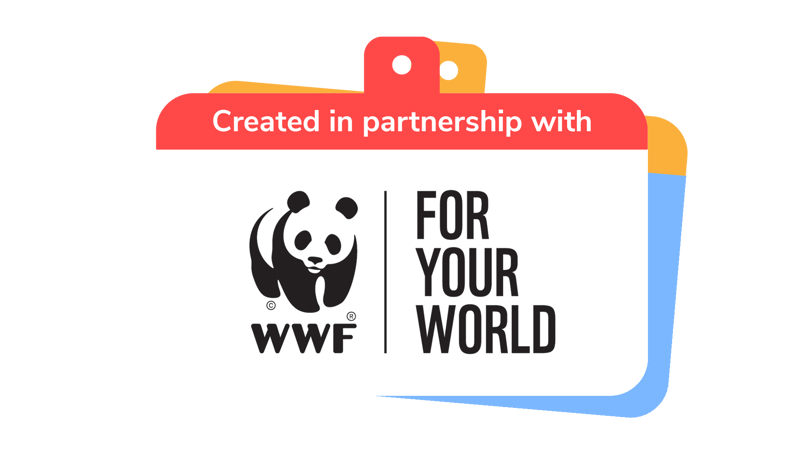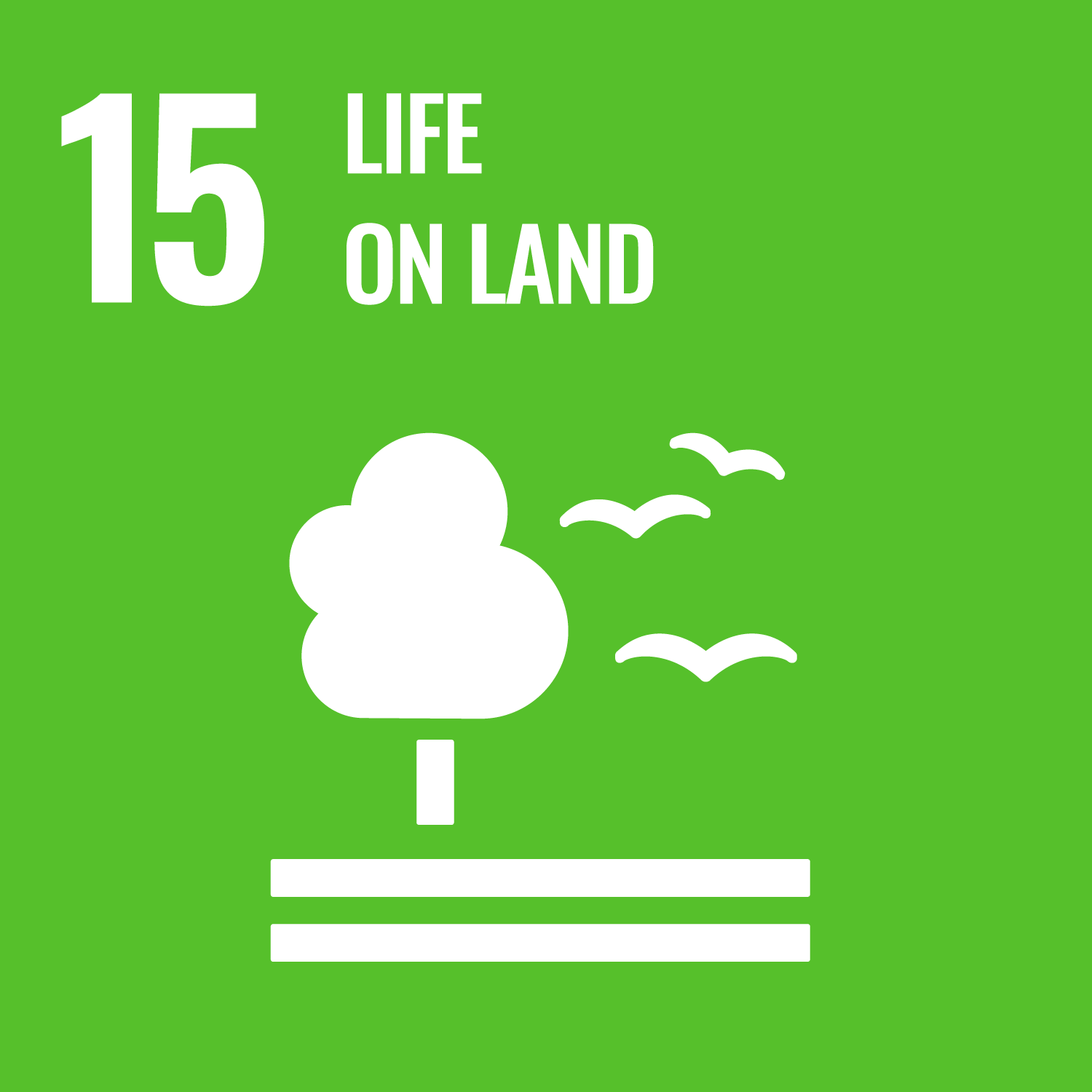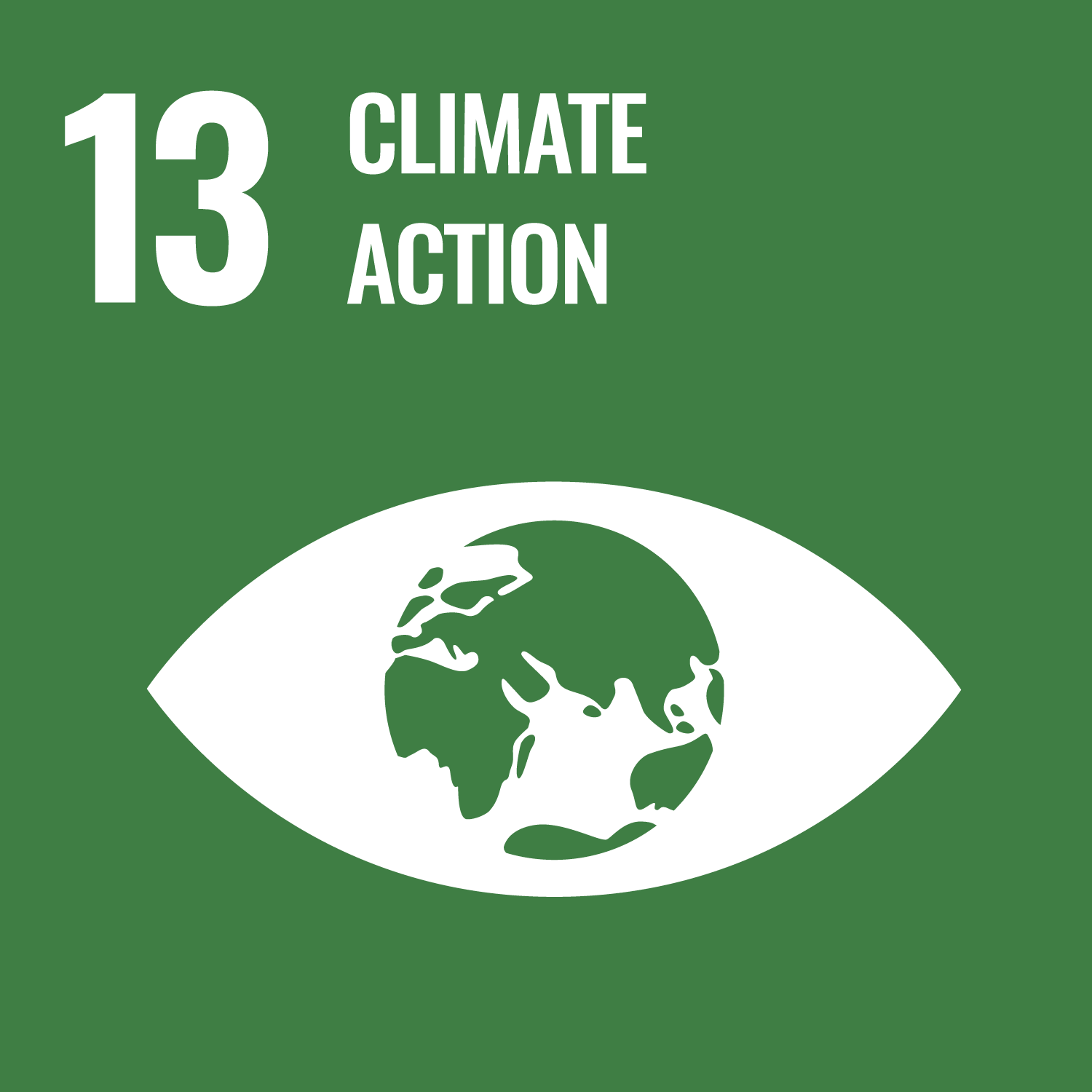
Multimedia scrapbook
You’ll need
- Camera or phone
- Access to the internet
Before you begin
- We’ve included loads of suggestions for fun ways that people could document their project. It’s up to the young people which they try. They may also have ideas that aren’t listed – encourage them to try new things.
- Come together at the end to share your scrapbook.
- The person leading the activity should make sure the group has a camera or smartphone with them at every stage of their project.
- The person leading the activity should make sure that everyone’s confident with photography. Do they know how to use things like the flash, focus, and close up settings?
- If people are taking photos of a community-based project, they should plan how they’ll ask permission. Your local media team will be able to help with this if you’re feeling unsure.
- Everyone should take it in turns to document what people are doing with photos. They should try out different angles and shots. Do they have enough shots to tell a story without a voiceover? Think about action shots, group shots, and photos of the materials or resources they’re using.
- Everyone should use video wisely – it takes up more space than photos, and takes longer to edit too. People should use video to capture things like moments of action or interviews with key people.
- At the end of each activity or event, everyone should edit the photos and footage they took. It’s much easier to do this little and often than to leave it all until the end when you’ll have hundreds (or even thousands) of photos. Sort them after each activity, even if you don’t edit them.
For more information on taking the best photos (and photo diaries), check out An in-tents year. If you want to use video, Present your project with videos has plenty of editing tips.
- Poetry can be a great creative outlet for expressing feelings. Poems can tell stories too. If you’re not sure where to start, check out Be a blackout poet and Rhythm circle.
- Let people choose their own topics; different people will be inspired and excited about different things. You can give people some suggestions to get them started: younger groups may like to think about animals, while older groups could tackle more complex topics like a plastic promise, a letter to a bee, or imagining what the planet (and life on it) is like in the future.
- If people aren’t sure where to begin, work with them to come up with lots of words they could include. Write them on a big sheet of paper so everyone can see them. You could include words that fit with a theme, useful verbs, or onomatopoeias (sound words, like sizzle or pop).
- Let people decide how they’ll share their poems. They could write them neatly, turn them into a picture, set them to a beat, or even sing them. They could share their poems live or you could film them and play the video.
Writing a news article could be an extension of a photo diary for young people who are keen to pick up a pen or pencil.
- Choose what you’re going to write about.
- Include a photograph that sums up your news story.
- Add an attention-grabbing headline and captions underneath any photographs to make it professional.
- Tell the whole story in the first paragraph but keep it as short as you can. People don’t always read all the way to the end of a news story, so journalists tell them the most important information straight away.
- Include more information in the paragraphs that follow. You can also put quick facts in a box out.
- Make sure that your report answers these six questions:
-
- What happened?
- When did it happen?
- Where did it happen?
- Why did it happen?
- Who did it happen to? Who was involved?
- How did it happen?
- Collect quotes for your story to make it more interesting – you could interview local people, for example.
- Don’t let the report get too long. Use short, punchy sentences. If you need to, you can go back and delete some words from your first draft.
- Read your report all the way through to make sure that it all makes sense (and to check your spelling). You could swap reports with a friend and read each other’s.
- Check your facts.
- You could use a nature display to show what was happening in the natural world at the same time as your project. You could take regular photos of plants and wildlife (and see how they change with the seasons) or draw things you see.
- You could also collect fallen flower and leaves. Press flowers by popping them between two heavy books until they’re dry, then glue them to card. Make leaf prints by paining the side with the raised veins then pressing it onto paper.
- You could also paint wildlife onto pebbles. What animals did you spot? Which animals did your project help?
Feeling inspired? If you need more ideas, check out Living art.
Share your scrapbook
- Everyone should work together to decide how their creations could fit together into a multimedia scrapbook.
For example, you could display poems for people to read at their own pace or you could read them out. You could have a video diary running on repeat for people to watch or ask everyone to sit down and watch it together.
- Everyone should work together to plan and organise an event to showcase their work. They should decide on a date and time, think about access, and spread the word. They could invite friends, parents and carers, local decision makers, and others in their local community.
- On the night, everyone should work together to make their creations shine and tell the story of their project.

This activity helps contribute towards some of the UN's Sustainable Development Goals. Find out more about the SDGs, and how Scouts across the world are getting involved.



Reflection
This activity was all about communicating and helping your community. People shared the things they did in their project. What are they most proud of? Has all of their hard work helped to bring about change in their community? How did people’s multimedia scrapbooks help their community?
Everyone had a choice about how they added their voice to the multimedia scrapbook. Why did people choose their mediums? Was it easy to get their message across? Would they choose the same way of communicating if they did the activity again?
Safety
All activities must be safely managed. You must complete a thorough risk assessment and take appropriate steps to reduce risk. Use the safety checklist to help you plan and risk assess your activity. Always get approval for the activity, and have suitable supervision and an InTouch process.
- Phones and cameras
Make sure parents and carers are aware and have given consent for photography.
Different groups will prefer using different ways of sharing their journey. Younger groups may need a little help with photography, while older groups will be able to do more for themselves (and tackle activities like writing a news article).
People should feel free to choose how they contribute: not everyone needs to write or take photos. You could also explore tactile art with Feel the view.
All Scout activities should be inclusive and accessible.
You could work as a group to edit together a short film that gives an overview of your project.
Discover more at https://www.wwf.org.uk/
